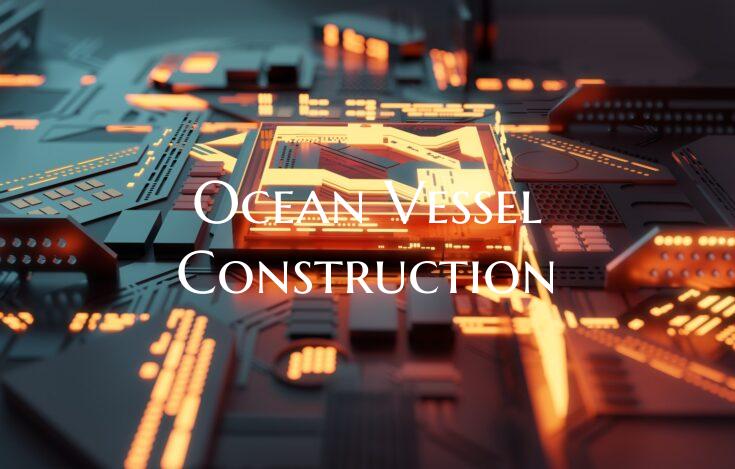Ocean Vessel Construction
Introduction: Ocean vessel construction is a complex and intricate process that involves the design, engineering, and building of ships capable of navigating the open seas. From cargo vessels to luxury yachts, each ocean vessel is a feat of modern engineering and craftsmanship. This article will explore the key aspects of ocean vessel construction, from the initial design phase to the final inspection before launch.
1. Design Phase: The design phase of ocean vessel construction is where the concept of the ship takes shape. Naval architects work closely with engineers to create detailed plans that outline the vessel's dimensions, layout, propulsion system, and structural integrity. Factors such as the vessel's intended purpose, size, speed, and cargo capacity are carefully considered during this phase to ensure that the final product meets all requirements.
2. Material Selection: Choosing the right materials is crucial in ocean vessel construction to ensure the ship's durability and longevity. Steel and aluminum are commonly used in shipbuilding due to their strength, corrosion resistance, and weldability. Advanced materials such as carbon fiber composites are also being increasingly utilized to create lighter and more fuel-efficient vessels.
3. Construction Process: The construction of an ocean vessel typically takes place in a shipyard equipped with specialized facilities and tools. Skilled craftsmen, including welders, carpenters, and electricians, work together to assemble the ship piece by piece according to the design plans. The hull, superstructure, propulsion systems, and interior fittings are all meticulously installed and integrated to create a fully functional vessel.
4. Quality Control and Testing: Quality control is a critical part of ocean vessel construction to ensure that the ship meets all safety and performance standards. Regular inspections and tests are conducted throughout the construction process to identify any defects or deficiencies that need to be addressed. Once the ship is complete, sea trials are conducted to test its maneuverability, stability, and overall performance in real-world conditions.
5. Launch and Delivery: After the construction and testing phases are successfully completed, the ocean vessel is ready to be launched into the water. This momentous occasion is typically marked by a ceremony that involves breaking a champagne bottle against the ship's hull for good luck. Once in the water, the ship undergoes final inspections and preparations before being delivered to its owners or operators for use.
Conclusion: Ocean vessel construction is a fascinating blend of art and science that requires precision, expertise, and innovation. From the initial design phase to the final launch, every step in the construction process plays a crucial role in creating a safe, reliable, and seaworthy vessel. The engineering marvels that result from ocean vessel construction continue to shape the maritime industry and facilitate global trade and transportation on the high seas.

